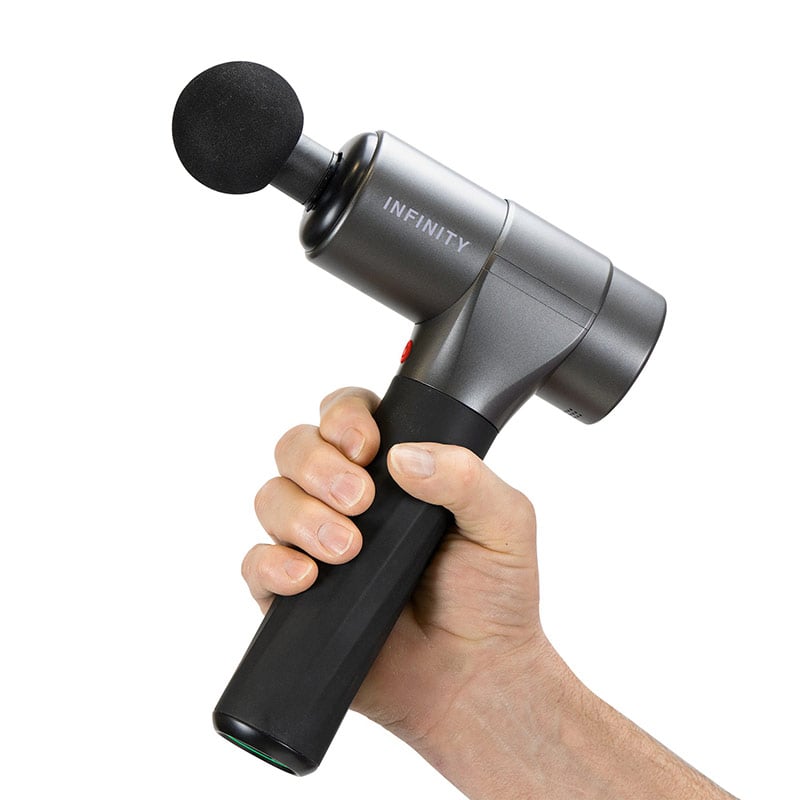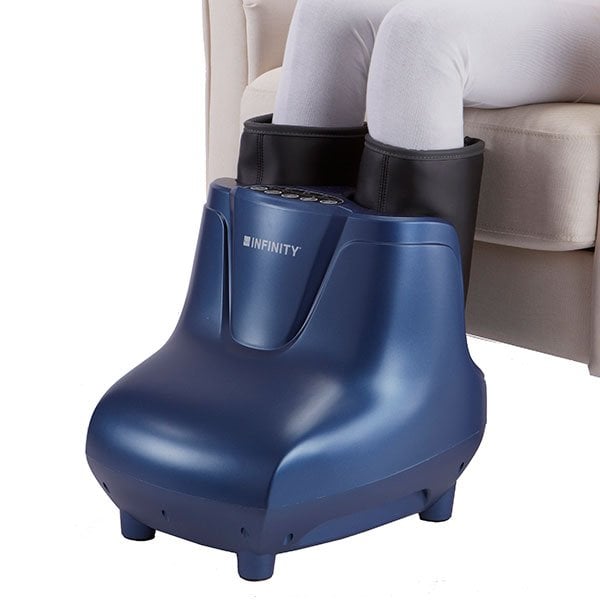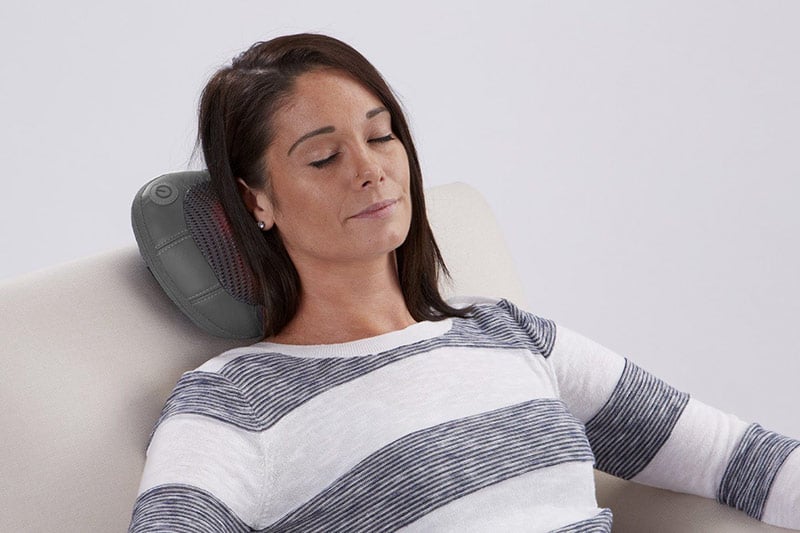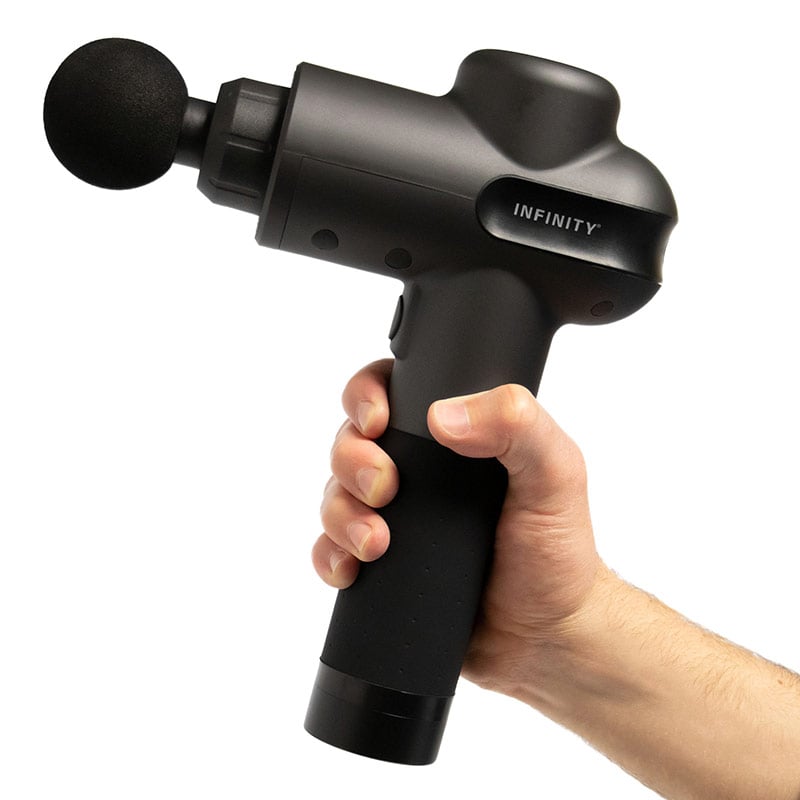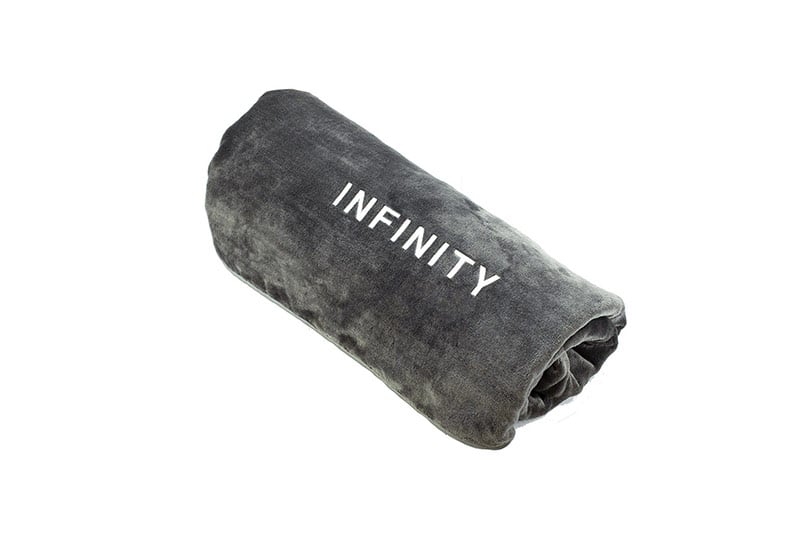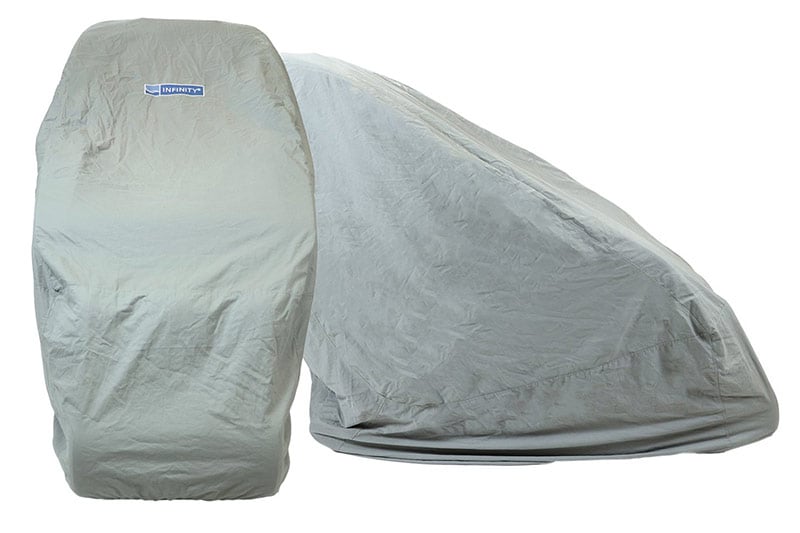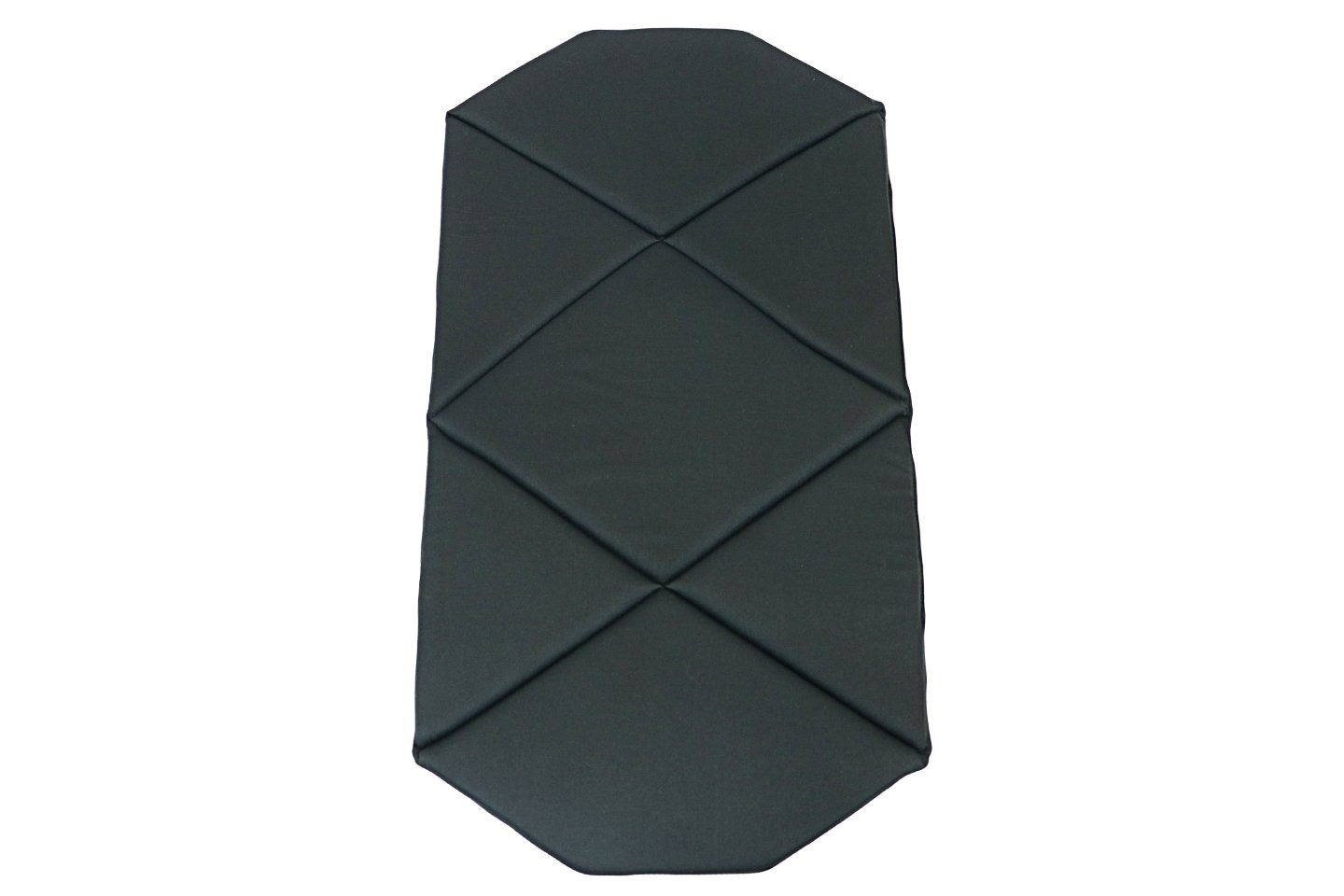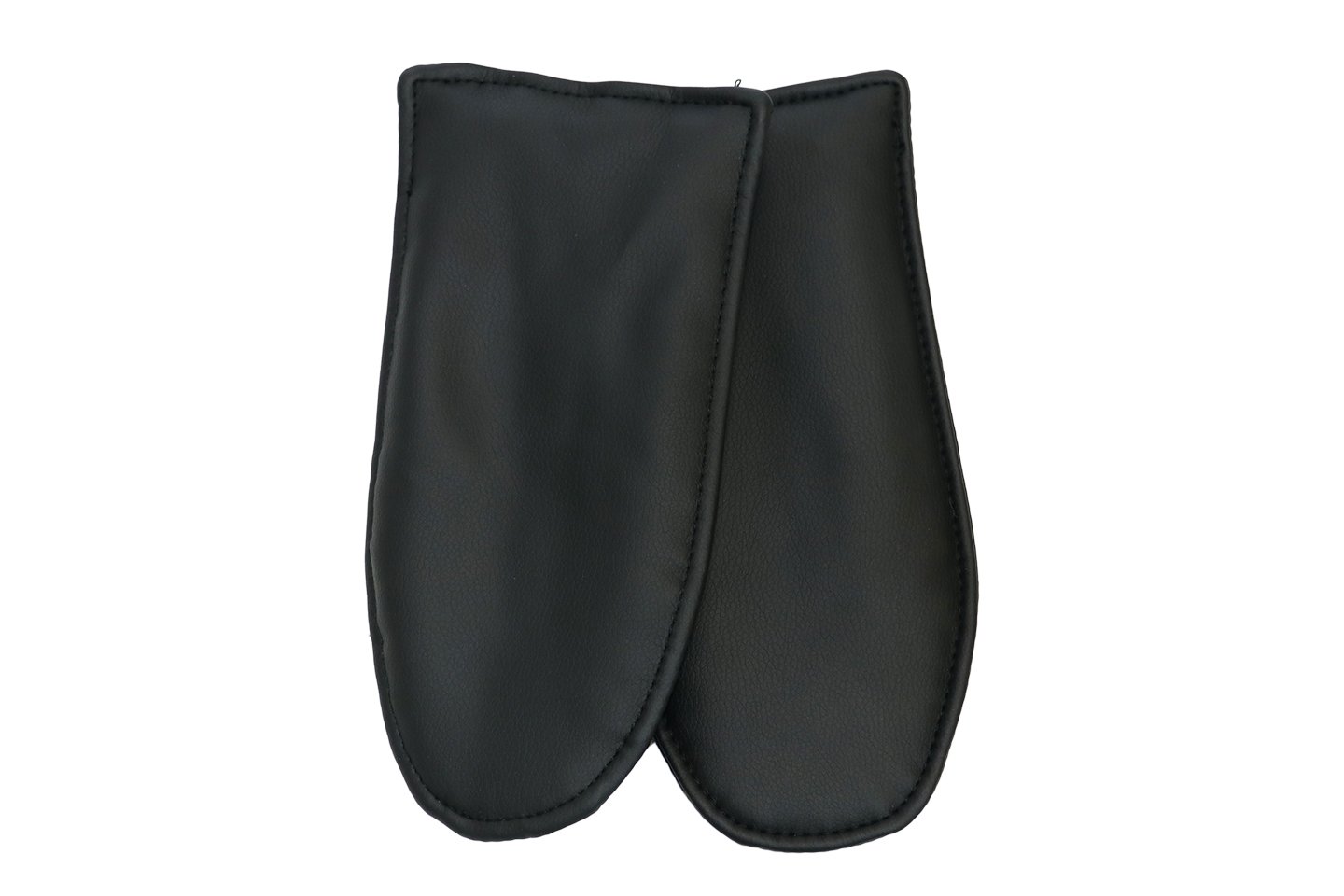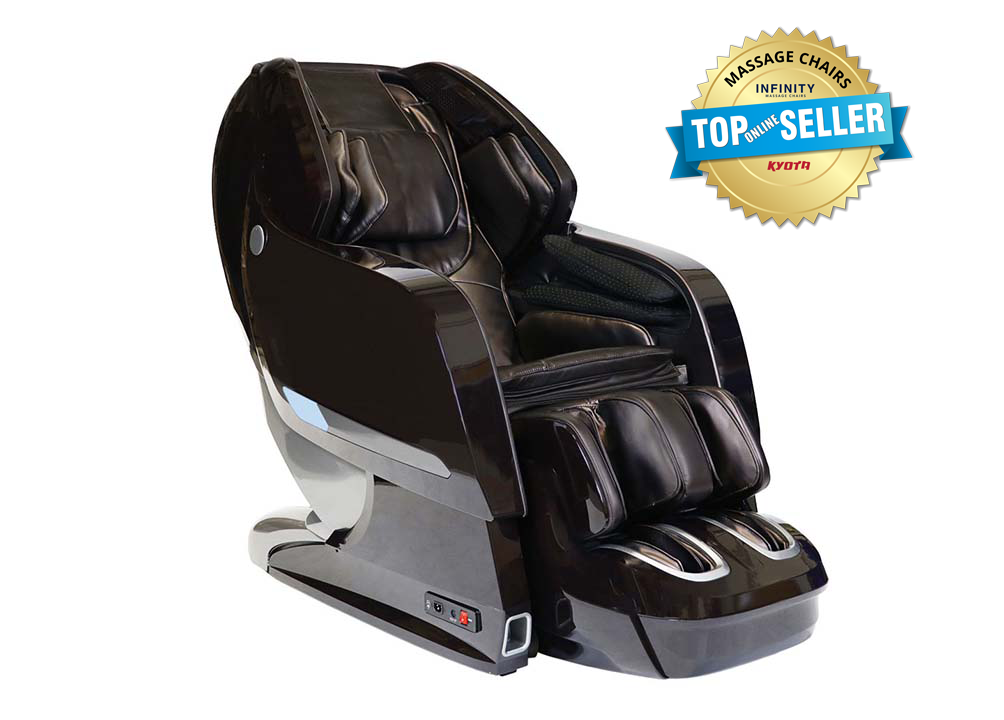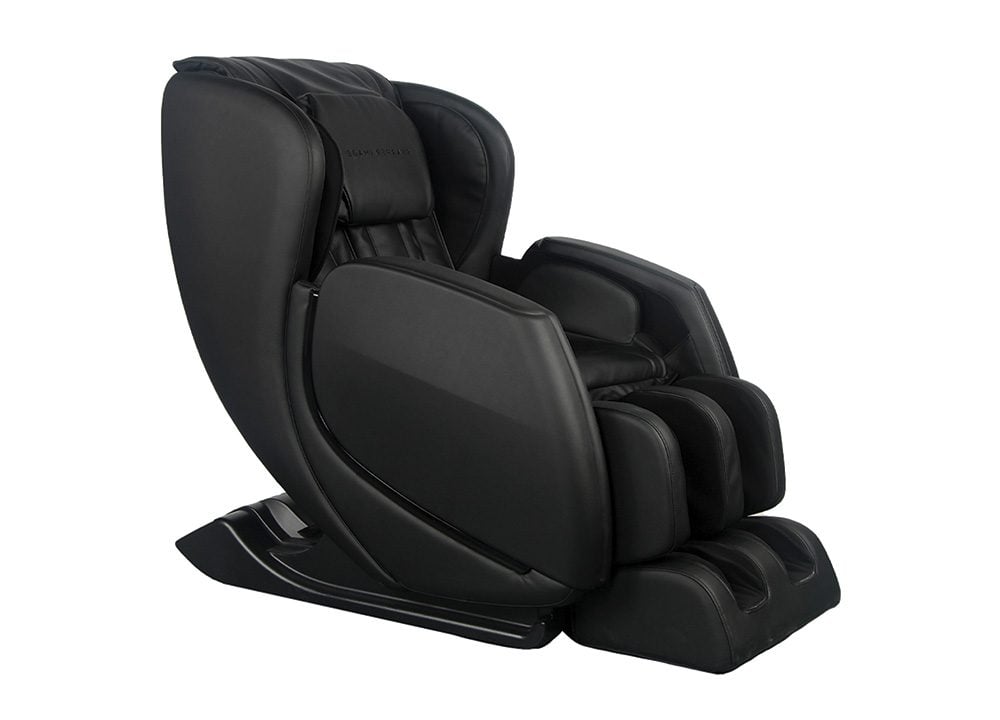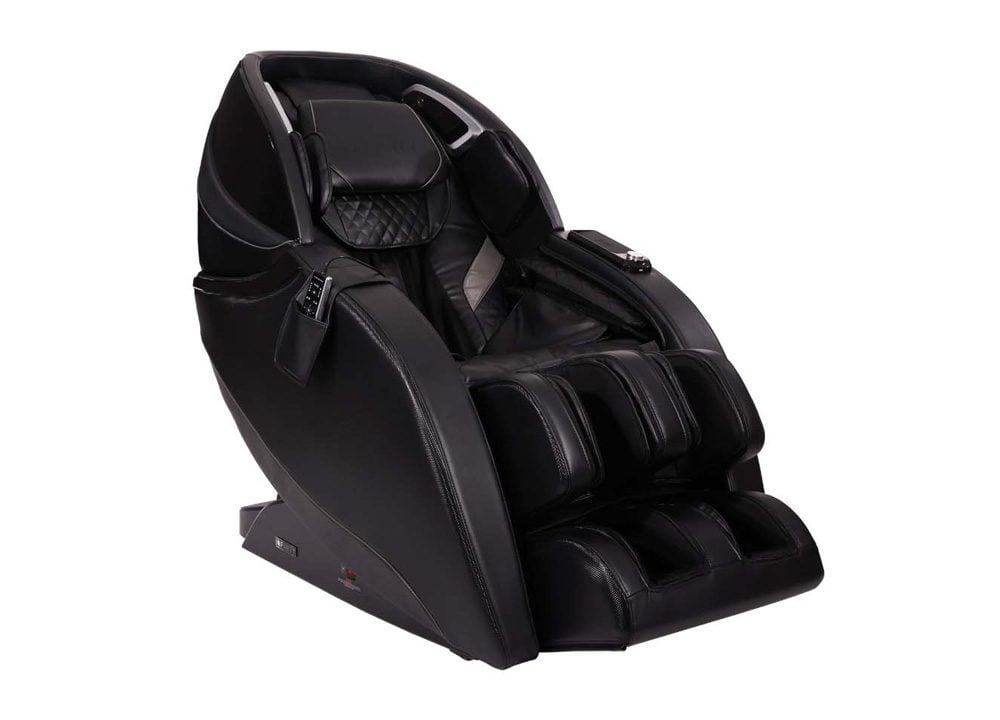Mahdizadeh, M. Jaberi, A.A., Bonabi, T.N. (2019). International Journal of Therapeutic Massage & Bodywork. 2019 Mar; 12(1): 16–22.
METHODS: In this randomized controlled trial, a total of 58 EMS staff were selected from prehospital EMS stations and randomly assigned to two groups (29 in massage and 29 in control group). The intervention group received Swedish massage, twice a week for four weeks in the morning after the end of the work shift. Each massage session lasted 20–25 minutes. Subjects in the control group received no intervention. The level of occupational stress of the two groups was measured under the same conditions before and after the intervention by using the expanded nurses’ occupational stress scale (ENSS).
RESULTS: The data showed that there was a significant effect of massage on EMS staff’s occupational stress level after controlling for pretest score.

